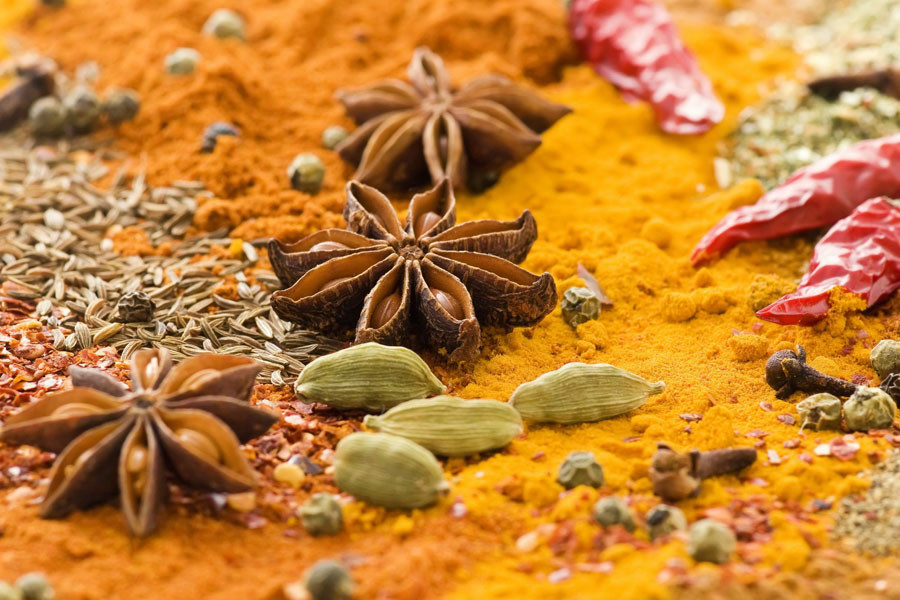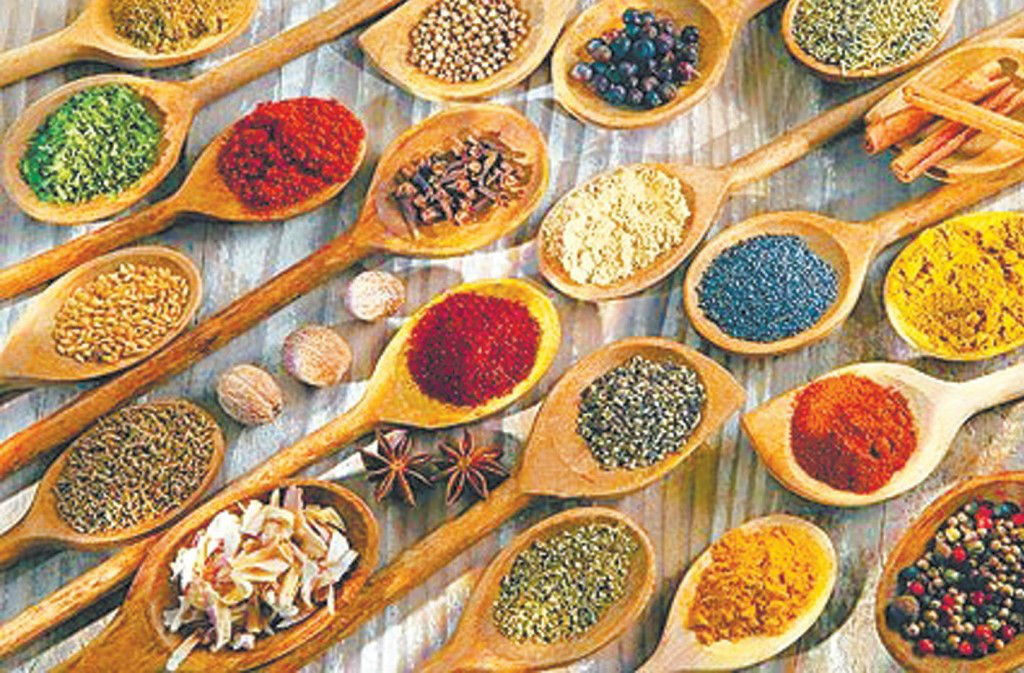Gastronomic

History of Cookery
The cooking is the art of cozinhar1 , ie , fabricate and food has evolved over the history of the people to become part of the culture of each. The cuisine is invariably associated with the kitchen because this is the ideal place to cook . The cooking methods vary from region to region , not only the ingredients , as well as cooking techniques and utensils themselves. For example, cataplanas is a container for cooking foods typical of the Algarve , equivalent to the Moroccan tajine . The sausage of Bragança is one of the most unique food of Portuguese cuisine , while in Brazil , the typical dishes include BBQ and Brazilian feijoada . The head chef is usually known as a chef , well known for its fine cuisine and culinary skills .
The kitchen often reflects other aspects of culture such as religion - the beef is taboo among Hindus , while the pork is forbidden among Muslims and Jews - or certain political positions , like vegetarianism that are not consumed foods originating from animals or from animals such as milk and eggs for this purpose.
Industrial development has also had a major impact in the way people eat . For example , a higher incidence of people working from home or have longer working hours led to the rise of fast food , on the other hand, awareness of food safety and food quality has led to the creation of rules, sometimes in the form of laws , on how food should be sold .
A culinary discipline is associated with the cuisine dealing , not in the way food is prepared , but mainly in refining your presentation . Other disciplines are related to nutrition and dietetics, studying the foods from the standpoint of health or medicine.
In early human history, food plants or animals were hunted for that purpose and consumed raw. Later, with the discovery of fire, the foods were cooked, which increased its digestibility, allowing the organic development of man.
The findings of agriculture and animal husbandry were other factors that have improved not only the quality of the food, but also the quantity. Finally, techniques for soil fertility and pest control, and more recently, genetic modification of animals and crop plants, have led to a higher yield in production.
The food preparation was a parallel story to this, with the technological developments gradually modifying the lists of utensils and cooking techniques.

